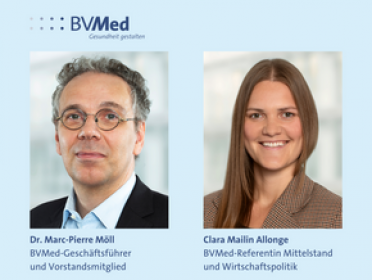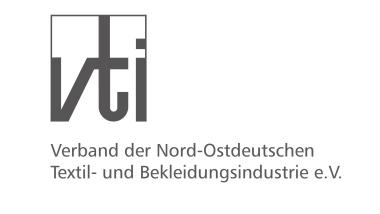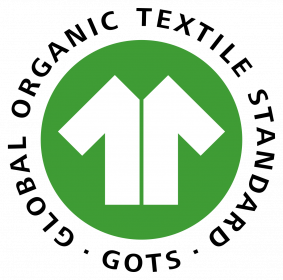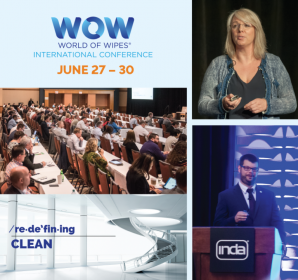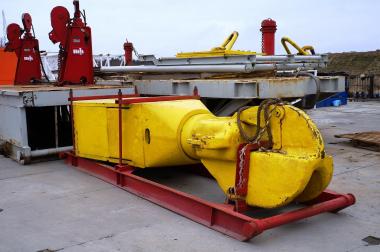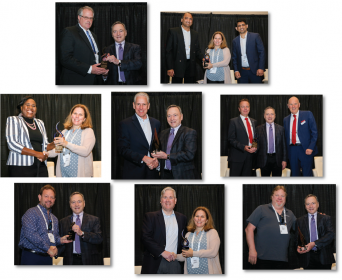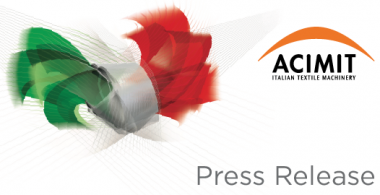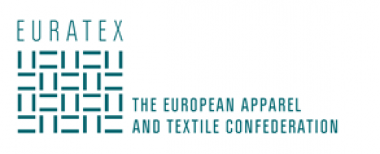Europäische Lieferketten-Richtlinie: BVMed fordert Begrenzung auf direkte Zulieferer
Der Bundesverband Medizintechnologie (BVMed) spricht sich in seiner Stellungnahme zum Vorschlag der EU-Kommission einer Lieferkettensorgfaltspflichten-Richtlinie „Corporate Sustainability Due Diligence Directive“ (CSDDD) für einen Abgleich mit dem bereits bestehenden nationalen Gesetz und für eine Begrenzung der Regelungen auf die direkten Zulieferer aus.
„Wir begrüßen eine Stärkung von Menschenrechten weltweit. Der EU-Kommissionsvorschlag ist jedoch aus Sicht des BVMed in seiner momentanen Fassung unzureichend, um rechtssichere und praktikable Regeln für Unternehmen zu schaffen. Es besteht vielmehr die Gefahr, dass der Entwurf die Unternehmen der Branche, die sich im Moment ohnehin schon mit angespannten Lieferketten konfrontiert sehen, überfordern und in der Umsetzung überlasten könnte“, kommentiert BVMed-Geschäftsführer und Vorstandsmitglied Dr. Marc-Pierre Möll.
Deutschland habe mit dem Lieferkettensorgfaltspflichten-Gesetz (LkSG) bereits eine umfassende nationale gesetzliche Regelung über die unternehmerischen Sorgfaltspflichten zur Vermeidung von Menschenrechtsverletzungen in der Lieferkette geschaffen. „Viele Medizintechnik-Unternehmen in Deutschland und andere wirtschaftliche Akteure im Gesundheitswesen wie beispielsweise die Krankenhäuser bereiten sich intensiv auf die Umsetzung des LkSG vor. Eine Abänderung des LkSG als Folge einer stark abweichenden EU-Richtlinie würde erheblichen Mehraufwand und Kosten für die betroffenen Unternehmen in Deutschland bedeuten“, so BVMed-Nachhaltigkeitsexpertin Clara Allonge.
Der BVMed spricht sich daher für eine mit dem deutschen Lieferkettengesetz kompatible und praxistaugliche europäische Regelung aus. Dies sei im aktuellen Vorschlag der EU-Kommission durch die deutliche Erweiterung des Anwendungsbereiches, beispielswiese durch die Einbeziehung von negativen Umweltfolgen, sowie die Einführung einer zivilrechtlichen Haftung nicht gegeben. „Als Lösung könnte hier eine Begrenzung auf die direkten Zulieferer greifen“, heißt es in der BVMed-Stellungnahme.
Der BVMed konzentriert sich in seiner Stellungnahme zum CSDDD auf vier Punkte:
- Als Anforderungen an eine praxistaugliche Lieferkettenregulierung müsse der Anwendungsbereich eindeutig auf die direkten Zulieferer begrenzt werden. Während Unternehmen in direkten Geschäftsbeziehungen in der Lage sind, Sorgfaltspflichten effektiv zu adressieren und Verantwortung zu übernehmen, so ist dies in der weiteren und immer komplexer werdenden Lieferkette nicht der Fall.
- Es sei nicht sinnvoll, grundlegende Bewertungen über die menschenrechtliche Situation in die Hände einzelner Unternehmen zu legen, während sich der Staat an dieser Stelle aus der Verantwortung zieht. Daher sollten die Mitgliedsstaaten der EU eine Liste von Ländern erstellen, bei denen Unternehmen annehmen können, dass die Zulieferer aus diesen Ländern alle Kriterien erfüllen. Eine solche Safe Harbour-Regelung würde einen klaren und erfüllbaren Rahmen bieten in dem die Unternehmen unter stabilen Bedingungen operieren können. Dies verringerte den Verwaltungsaufwand und die Rechtsrisiken für die Unternehmen erheblich.
- Es ergeben sich bei den Umweltfolgen erhebliche Unklarheiten, was die konkrete Auslegung angehe. Einerseits wäre es wünschenswert, wenn die jeweiligen Rechtsnormen des Heimatlandes des Zulieferers für die Bewertung herangezogen würden, andererseits bringe die Bewertung einer Vielzahl von lokalen Umweltgesetzen viele Unternehmen an den Rand der Leistbarkeit. Der Anwendungsbereich des Gesetzes sollte sich auf die Achtung der Menschenrechte konzentrieren. Eine Erweiterung um den Bereich „Umwelt“ würde aufgrund uneinheitlicher Standards zusätzliche Rechtsunsicherheit schaffen. Das gelte auch für das Vorhaben, in dieser Richtlinie Klimaschutzziele festzuschreiben.
- Nach Einschätzung des BVMed umfasst der Begriff der „Wertschöpfungskette“, wie im Richtlinienvorschlag angeführt, auch die Kund:innen der Branche (beispielsweise Krankenhäuser). Wenn dem so sei, könnte der Fall eintreten, dass Medizintechnik-Unternehmen einzelne Kunden, falls diese gegen die Kriterien der Richtlinie verstoßen, nicht mehr beliefern dürften und die Versorgung von Patientinnen und Patienten eventuell nicht sichergestellt werden könne. Dies wäre aus humanitären Gesichtspunkten eine nicht akzeptable Einschränkung der Versorgung und träfe insbesondere Patientinnen und Patienten in Drittländern und Ländern mit bereits heute eingeschränkter Gesundheitsversorgung. Der Verband schlägt daher vor, dass für den sogenannten Downstream-Teil der Wertschöpfungskette eine humanitäre Ausnahme etabliert wird. Dies könne analog zur Regelung bei Sanktionen (beispielweise bei den Russland-Sanktionen) vollzogen werden.
Bundesverband Medizintechnologie e.V.


